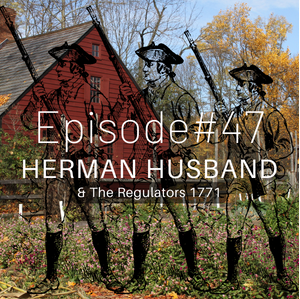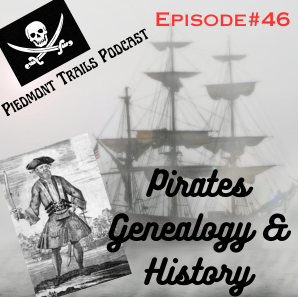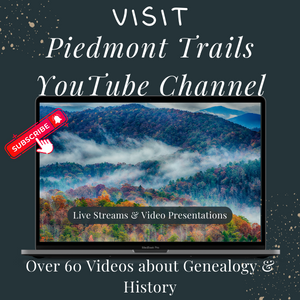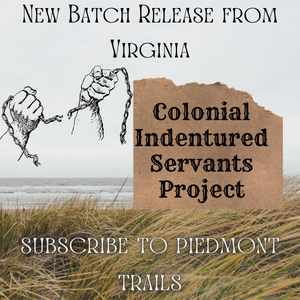Genealogical research consists of a limitless number of materials. Examples are court records, newspapers, census records, birth/death certificates, land deeds, and more. We can never get our fill of them. The family historian is always searching for more documentation. But here lies the question. How does the vast majority recognize and acknowledge research materials? Overwhelmingly, most accept the documents as factual without questioning the source. The material alone seems to satisfy the immediate need. But what if the actual document held errors?





Mistakes exist in all types of research material. From census records to land deeds to tax records, errors fill many pages like embedded traps waiting to surprise you at any moment. Take maps, for instance. Today, maps are easy to access and, for the most part, are 99% accurate. With technology advancement as it is today, there is little room for errors. But what about during the colonial period? Can we, as family historians, rely on the accuracy of colonial maps? If you want a straight-to-the-point answer, it would be NO! But that’s not to say that all colonial maps have errors. Let’s look at some examples. The first seems to be in a foreign language. Crooked lines on the map may portray water, such as rivers and streams. The second clearly shows the name Virginia, and the symbols suggest a mountainous terrain. The size of the area appears large. The third larger map gives precise measurements with names attached. It’s obvious to the eye that this is a land parcel map showing boundaries and water routes. The fourth indicates a primary water route with ferry locations. Finally, the fifth shows South Carolina with landscape features and local roads. Each map dates to the colonial period. Out of all of these examples, which one do you believe to be the most accurate? Would the answer shock you if it was the parcel boundary map?
One of our sayings here at Piedmont Trails is “reference material, such as documents, books, and records, are only as good as its primary source. Included in this list are maps. Many family historians believe that the creators of colonial maps were as accurate as possible with the given tools of the day. It’s important to note that many maps can have a political bias. During the colonial period, Great Britain extended its boundaries by acquiring more land in many colonies. Maps are excellent examples of this expansion. If you are relying on data from a colonial map, research further into the why’s and who’s. In other words, analyze the primary purpose, the creator’s background, and publication aspects of the map. Don’t take the information as factual or accurate until you research further.
Colonial maps are incredibly valuable resources that can help us understand the landscape of the 17th and 18th centuries. By utilizing them in our research, we can obtain incredible results that will enhance our journey of discovery. However, as with any historical document, be aware of possible errors, mistakes, or false information. It’s important to develop a habit of researching to overcome obstacles and find the truth. So, the question is how accurate are colonial maps? A map’s accuracy depends on its creator. Enjoy Your Journey to the Past!
Categories: Featured Articles, Genealogy #OffTheGrid











Wise words.
LikeLiked by 1 person